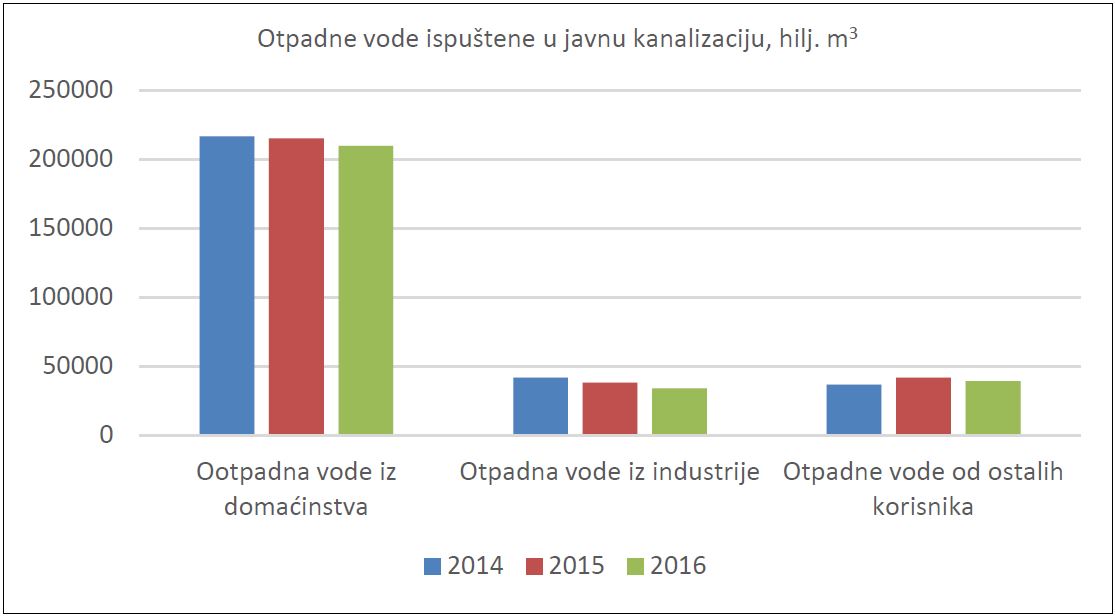The potential of greywater for irrigation of urban greenery: the situation in the Republic of Serbia
DOI:
https://doi.org/10.7251/GSF1828103DKeywords:
gray water, green infrastructure, urban greenery, wateringAbstract
Water is a resource that is essential for the survival of the living world on earth. Given that its volumes are limited, that water needs grow, and that in various ways it is polluted, its reserves are a global problem. However, the use of drinking water for watering and maintaining urban green infrastructure can result in a faster shortfall in its reserves, and it is necessary to provide additional water resources. It is precisely this study that aims to reuse wastewater or gray water for irrigation, in order to ensure sufficient quantities and reserves of drinking water in the future, while not endangering the environment.
Gray water represents any component of waste water from the kitchen and bathroom, but does not include toilet water, known as “black water”. The compounds present in gray water vary from source to source, which is influenced by lifestyle, customs, plumbing and the use of chemical products in the household. These compounds are derived from chemical products used in households such as detergents, soaps, shampoos, perfumes, preservatives, paints and cleaning agents (Eriksson et al., 2002). The waste water originating in the kitchen contains lipids (fats and oils), tea, coffee, soluble starch, milk products and glucose, while waste water originating in the washing machine contains various types of detergents, bleachers and perfumes. According to Pinto et al. (2010) Soaps and detergents are the main component of gray water. In order to maintain the re-use of gray water, its physical and chemical characteristics, as well as the microbiology of water, are very important.
Given that according to the WHO (2006b), the total gray water represents more than 2/3 of domestic wastewater, and that at global level over 70% of freshwater consumption is consumed for agricultural purposes (FAO, 2008), gray water may represent an alternative a watering solution during the dry season. In irrigation with gray water, besides contributing to maintaining vegetation vital, we can reduce costs. In addition to this positive factor, gray waters also contain nutrients that act as a fertilizer for the growth and development of plants. Gray water can be used for irrigation of all categories of green areas, whether it’s home gardens, greenery along roads, avenues, park surfaces, urban greenery, etc., as well as for watering agricultural crops, supplementation of groundwater, toilet wash, use in industry, laundry (Jimenez, 2001; Eureka Strategic Research, 2001; Po et al., 2003).
However, despite the abovementioned potential of gray water, most of the wastewater is recycled in the Republic of Serbia without recycling (Vlada Republike Srbije, 2015). However, there is an initial research dealing with the use of gray water, and refers to the irrigation of ornamental plants with gray water (Dabić et al., 2017). This study had a good effect and showed good results.
Countries with water shortages can reduce this problem by using gray water. However, care should be taken of the extent to which gray matter matters are represented, because excessive quantities can cause damage to plants, animals and humans. For these reasons, it is very important to follow the guidelines for the use of gray water. Research indicates that gray water can be used to irrigate green infrastructures (golf courses, parks, courtyards, urban greenery, greenery along roads, etc.), agricultural crops (cereals, fruits, vegetables), supplemental groundwater, industrial needs or toilet wash in tourist and sports facilities, clothes washing or fire protection, and that using gray water it is possible to preserve fresh water supplies in the range of 30–50% and have significant economic (saving resources and finance) and ecological (preservation of water resources and maintenance of vegetation) advantages. Such results indicate that the use of gray water leads to the storage of substantially large amounts of drinking water, and that this way of watering is an alternative solution for planting plants during the dry season, as well as reduced consumption of drinking water and preservation of water resources.

Downloads
Published
Issue
Section
License
Copyright (c) 2018 Bojana Dabić, Emina Mladenović, Jasna Grabić

This work is licensed under a Creative Commons Attribution 4.0 International License.

